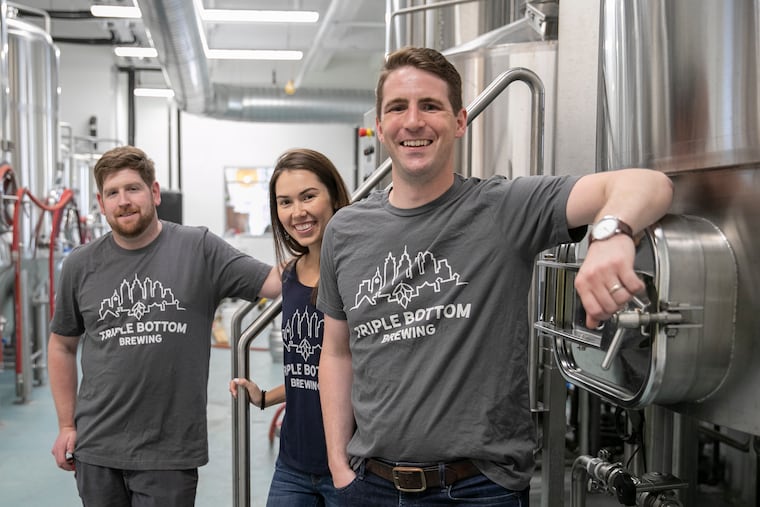Why Triple Bottom is serving more than just beer
"We’re doing it all through craft beer because we see these spaces as places where people gather and also places where people want to learn."

"We’re doing it all through craft beer because we see these spaces as places where people gather and also places where people want to learn."
